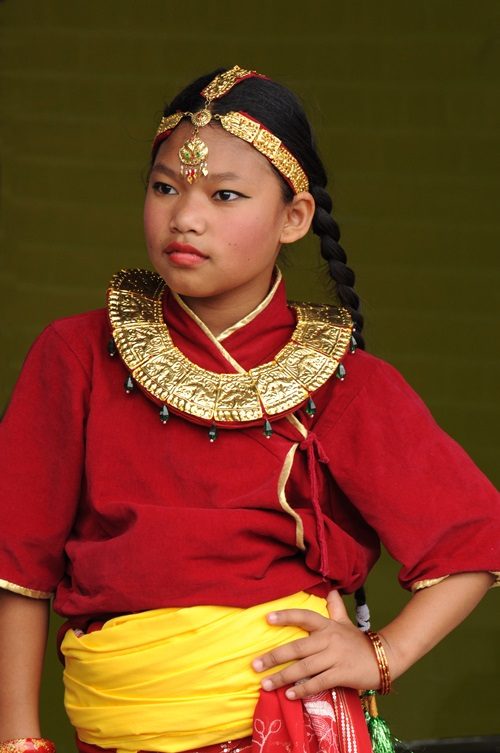 Dilasa is ten years old. She was born in a Nepali refugee camp and came to the United States when she was five. Her parents are Bhutanese refugees.
Dilasa is ten years old. She was born in a Nepali refugee camp and came to the United States when she was five. Her parents are Bhutanese refugees.
.
The white gray rubble light blinds me, wait, I just thought—what if this is not visible, what if all this is not visible.
—Juan Felipe Herrera, United States Poetry Laureate
I Am Merely Posing for a Photograph
Lynne Browne is a workaholic. She is the web coordinator at SUNY Polytechnic Institute in Utica, NY. She has a straightforward manner of speaking and a brilliant wit. People like her. People like her instantly. Largely because they know they can trust her. They can trust her because she does not bullshit them. She does not have time in her fast-paced world for such nonsense. She thrives in this fast-paced world. She is a leader and a go-getter. When she does something, she does it to the N-th degree. And her passion is photography.
The combination of Lynne’s approachability and her amazing technical skill with the camera and computer results in portraiture of unequalled intensity. In hectic settings, she is able to capture the lyric moment. Intimacy is achieved quickly, even in situations where there is a language barrier. I find this quite magical. The seduction of her candid friendliness and competence leave little room for even the thought of a “no.” And in response to Herrera’s poem, yes, one can certainly see the wound — coupled with hope — in the eyes of the children and youths Lynne photographs. In the worn faces of the aged, where one would expect only the “rubble,” Lynne is able to find also the underlying joy and pride.
I’ve asked Lynne to speak of the evolution of her personal ongoing project photographing refugees in her hometown region, Utica, NY (“The Town That Loves Refugees”), where she is making a difference with the images she creates. Herrera recently encouraged an audience at Skidmore College in Saratoga Springs to “use their own natural and sincere voice to become who they fully are,” and just so, both the artist and the muse reveal themselves in these stunning photographs.
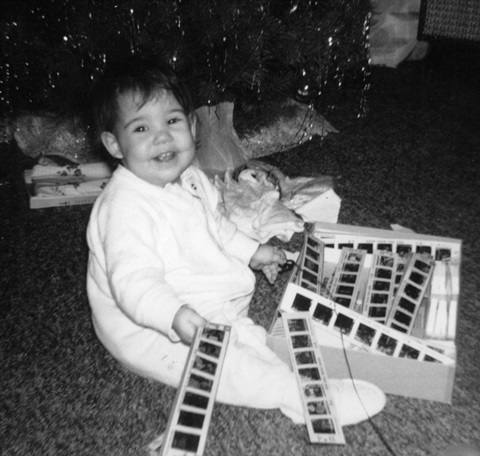 Lynne M. Browne at two.
Lynne M. Browne at two.
LMB: It was by chance that I began a long-term project of photographing international refugees who live in the Mohawk Valley. In 2012 my anthropologist colleague, Dr. Kathryn Stam asked me to take photographs of her refugee friends who were performing at a local music festival. I’m so glad I agreed; I didn’t realize that event would lead to many more exciting experiences.
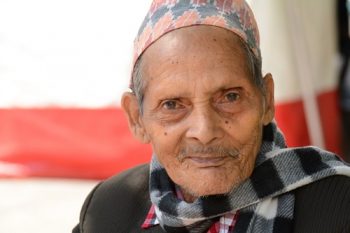 Guman is Bhutanese-Nepali
Guman is Bhutanese-Nepali
I have loved images since I was a child, as seen in attached snapshot of me at the tender age of two. The twinkle in my eye and the big grin foretell my future as an image-maker. On my 13th birthday I received my very own camera – a Kodak Trimlite Instamatic. I could see what it was through the wrapping paper and couldn’t contain my excitement. There was an attempt to limit the number of photos I could take based on the roll of film, but that didn’t stop me. I babysat until I saved enough money to buy in bulk and then mailed multiple rolls away for developing.
I progressed to a 35mm camera in my senior year of high school as one of the yearbook photographers, documenting all the critically important activities of student life. In college I took my required photography class with a Pentax K1000 borrowed from my grandfather. I now shoot digital: DSLRs; mirrorless; point and shoot; and phone; and have a love/hate relationship with the limitless number of photos I can take!
My images tend toward photojournalism with elements of portraiture. In most cases, I’m shooting photographs at events where many, many things are happening at once. Dr. Stam and friends from the Midtown Utica Community Center (MUCC) showcase their different cultures through performances at Fort Stanwix, the Utica Zoo, Mohawk Valley Community College (MVCC), SUNY Polytechnic Institute and other venues. I think the largest event that I’ve attended was the Karen New Year celebration at MVCC this past January where the Utica Don Dancers performed as one of several groups from across New York State. They practice many hours at the MUCC to get their routine as close to perfect as possible.
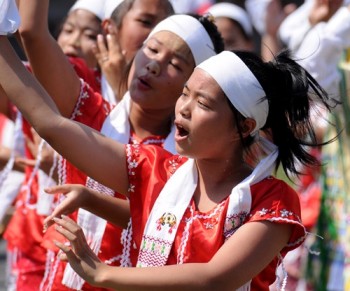 Members of the Utica Don Dancers go to many cultural events in the area and perform the traditional Karen New Year dance. KuSay (pictured) is Karen, from Burma.
Members of the Utica Don Dancers go to many cultural events in the area and perform the traditional Karen New Year dance. KuSay (pictured) is Karen, from Burma.
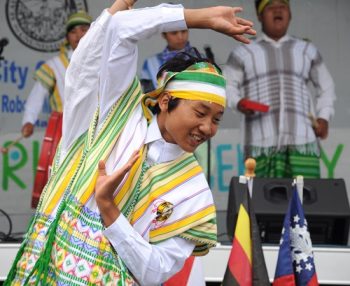 More from the traditional Karen New Year dance.
More from the traditional Karen New Year dance.
Tun Tun Win (pictured) is Karen, from Burma.
At these events, there are various groups of performers, some on stage, those who are waiting in the wings, and those who have just finished their performances. With so many performers and audience members present, I wander around the venue to see who might be willing to let me take their photograph. I feel that I am recognized as a friend now, and I have a unique opportunity, even when there is a language barrier. I love it when a younger person interprets for an elder.
In most cases we are right near all the action of the festivities, including dancers whirling around and musicians playing. By cropping in-camera, I’m able to capture what I think is an intimate moment between my subject and me. I don’t have a lot of time with each person, just a couple of minutes at most. Because my background is in public relations, I feel the portrait should remain as close to reality as possible, and believe in making minimal edits.
People wonder what I do with the many photographs that I take, and for the most part, I share them with the group I’ve photographed — on social media for example, so they in turn can share them with their friends and families. There have also been a few public projects where we have used the photos. One major undertaking recently completed was a group of large banners featuring my photos along with information about refugees as part of Dr. Stam’s Refugees Starting Over project.
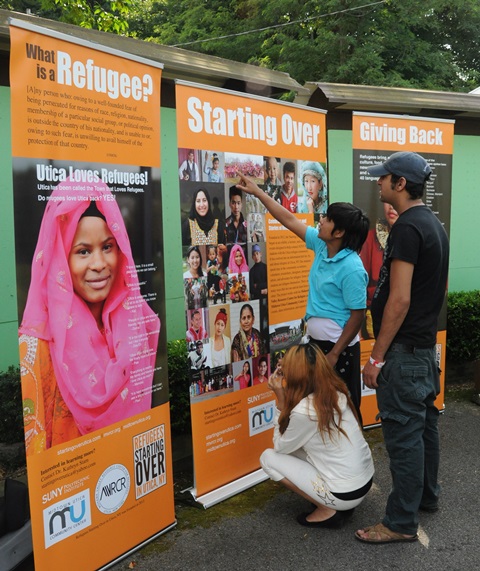
The banners were created to be easily transported to various functions and to help foster relationships between the refugees and local communities. One of their first appearances was at an event held at the Utica Zoo. Everyone from the refugee community was so excited to search the banners for images of themselves and their friends! The banners include text from the United Nations, defining a refugee: “Any person who: owing to a well-founded fear of being persecuted for reasons of race, religion, nationality, membership of a particular social group, or political opinion, is outside the country of his nationality, and is unable to or, owing to such fear, is unwilling to avail himself of the protection of that country.”
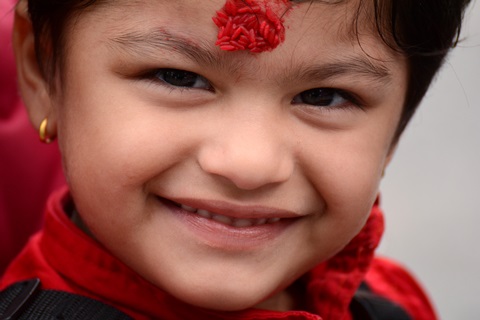 Born in the U.S., Shayal is Bhutanese-Nepali.
Born in the U.S., Shayal is Bhutanese-Nepali.
He has a tikka on his forehead, which is a Hindu blessing in Nepal.
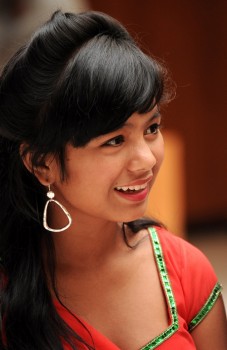 Monisha came to the United States in 2014 from a refugee camp in Jhapa, Nepal. Her family occupied one of the lower social groups in the Hindu caste system, but converting to Christianity and coming to the U.S. freed her family from the discrimination of their former position. Monisha is a high school student and loves traditional Nepali and contemporary Hindi-style dance. This photograph was taken only a few days after her arrival.
Monisha came to the United States in 2014 from a refugee camp in Jhapa, Nepal. Her family occupied one of the lower social groups in the Hindu caste system, but converting to Christianity and coming to the U.S. freed her family from the discrimination of their former position. Monisha is a high school student and loves traditional Nepali and contemporary Hindi-style dance. This photograph was taken only a few days after her arrival.
The most significant exhibition of my work, titled Portraits of Hope: The faces of refugee resettlement in CNY, will take place in June 2016 at Munson-Williams-Proctor Art Institute in Utica, NY. This exhibit is a collaboration with Dr. Stam, using my photos along with her narrative about those featured in the portraits. The combination of the two will help viewers better understand each person’s story, and hopefully appreciate what some refugees endure before coming to the US.
While I am extremely excited about this opportunity, it really is a companion piece to the main attraction at MWAPI, featuring the work by internationally renowned National Geographic photographer Steve McCurry.
When I was growing up I loved to look at all of the exotic places featured in National Geographic, and thought it would be such an amazing job to travel the world taking photos of the things I encountered. Imagine my joy when I was introduced to people from around the world who now live in my own backyard and are willing to let me photograph them. And to top it all off, have my photographs tell this local story in one of my favorite places!
This ongoing project has opened my eyes to the Mohawk Valley’s refugee population. Approximately one in five people living in Utica today is a refugee. And, more than 15,000 refugees have come through the Refugee Center since 1982. Utica is a true melting pot with the fourth largest concentration of refugees in the United States and close to 40 languages spoken in the Utica school district.
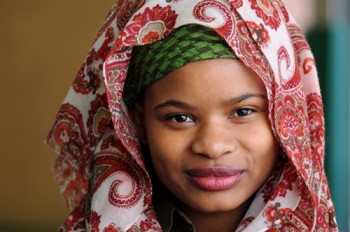 Layla is a teenager from Somali-Bantu who has a quick wit and wants to be a model some day; she commands a room when she is present.
Layla is a teenager from Somali-Bantu who has a quick wit and wants to be a model some day; she commands a room when she is present.
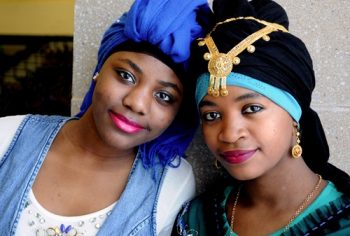 Amina (L) and Zeinabu (R) are Somali-Bantu refugees who were resettled to Utica from one of the largest and most dangerous refugee camps in the world, Daadab in Kenya. They have been in the U.S. for approximately 14 years and are now high school students and fans of Korean drama and K-pop, Korean popular music.
Amina (L) and Zeinabu (R) are Somali-Bantu refugees who were resettled to Utica from one of the largest and most dangerous refugee camps in the world, Daadab in Kenya. They have been in the U.S. for approximately 14 years and are now high school students and fans of Korean drama and K-pop, Korean popular music.
I realize that I have only scratched the surface, and I look forward to future opportunities to photograph people who have found a home where they can feel safe enough to share their cultures with others. This is such a timely subject, seen almost daily in national and international news stories, including this one from the PBS NewsHour featuring Utica, How refugee resettlement became a revival strategy for this struggling town, and I am thrilled that I have had the opportunity to share their stories.
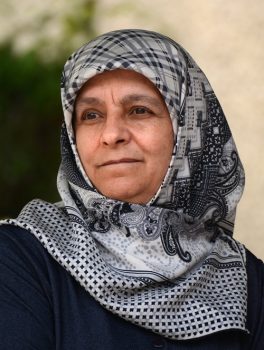 This portrait was taken while three generations of women were enjoying cultural performances and visiting exhibits at the Utica Zoo.
This portrait was taken while three generations of women were enjoying cultural performances and visiting exhibits at the Utica Zoo.
—Mary Kathryn Jablonski & Lynne M. Browne
.
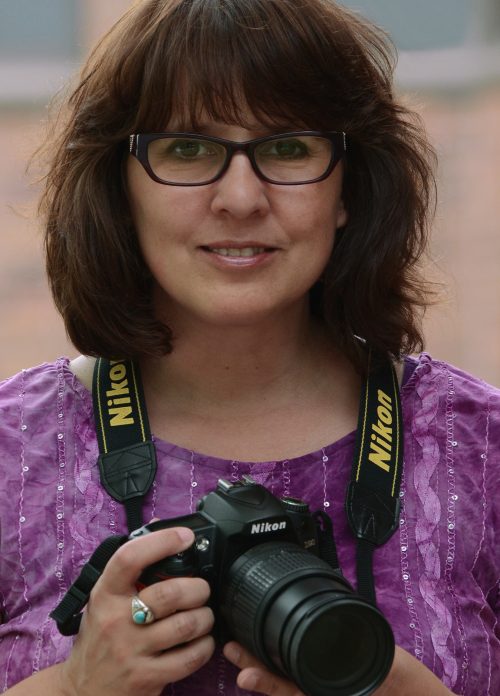
Lynne Browne is the web coordinator and a photographer at SUNY Polytechnic Institute in Utica, NY. She has an AAS degree in Advertising Design from Cazenovia College, a BS degree in Professional and Technical Communication and an MS degree in Information Design and Technology, from SUNY Polytechnic Institute. Lynne Browne Designs website

A gallerist in Saratoga Springs for over 15 years, visual artist & poet Mary Kathryn Jablonski is now an administrative director in holistic healthcare. She is author of the chapbook To the Husband I Have Not Yet Met, and her poems have appeared in numerous literary journals including the Beloit Poetry Journal, Blueline, Home Planet News, Salmagundi, and Slipstream, among others. Her artwork has been widely exhibited throughout the Northeast and is held in private and public collections.
.
.
Great pictures Lynne,Thank You Mary for telling Lynne’s story
Dear Pat, No thanks needed — the pleasure was all mine. Can’t wait to see her exhibition at MWPI! See you there…
What wonderful photographs! They truly capture the moment and the essence of each person. This was a very mind opening article 🙂
Dear Elise, Thanks for your comment. Yes, Lynne is so talented – and as you say, I too, learned much about a place I’d been visiting for years!